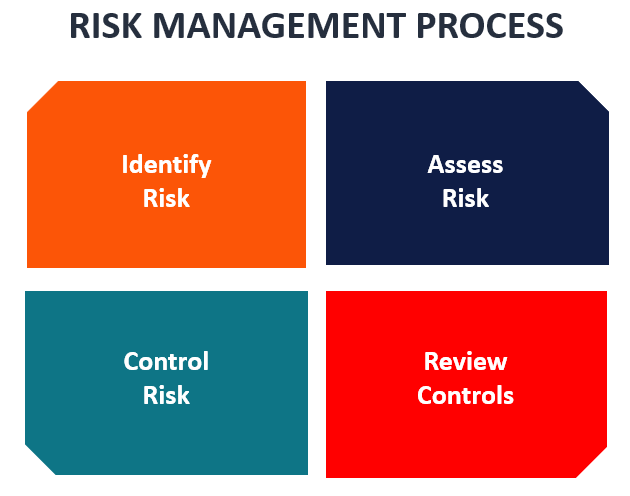The Increasing Importance of Risk Management in Health and Safety
The Increasing Importance of Risk Management in Health and Safety
Blog Article
The Relevance of Recognizing the Relevance of Risk Management in Numerous Industries

The Core Idea of Risk Management and Its Objective
Risk Management, the cornerstone of many sectors, pivots on the identification, analysis, and reduction of uncertainties in a company atmosphere. By appropriately determining potential risks, services can develop approaches to either protect against these dangers from taking place or decrease their effect. Once dangers have been identified and examined, the mitigation procedure involves developing techniques to lower their potential impact.
Benefits of Carrying Out Risk Management in Company Operations

Unveiling the Duty of Risk Management in Different Industries
While every sector confronts its one-of-a-kind set of threats, the implementation of Risk Management strategies remains a common measure in their pursuit of sustainability and growth. In the health care sector, Risk Management requires ensuring client security and information protection, while in money, it includes mitigating financial investment risks and guaranteeing governing conformity (importance of risk management). Building business concentrate on worker safety and security, task delays, and budget overruns. In the modern technology sector, companies minimize cybersecurity risks and technology obsolescence. Ultimately, the function of Risk Management throughout industries is to identify, analyze, and minimize risks. It is a vital part of critical planning, making it possible for organizations to shield their assets, make best use of possibilities, and accomplish their purposes.
Real-life Case Research Studies Showing Effective Risk Management
To comprehend the significance of Risk Management visit this page in these numerous industries, one can aim to several real-life instances that illustrate the successful application of these steps. For instance, in the visit homepage energy sector, British Oil created Risk mitigation plans post the 2010 Gulf of Mexico oil spill. They applied far better safety treatments and stricter regulations which substantially minimized additional crashes. In finance, Goldman Sachs effectively browsed the 2008 financial crisis by recognizing prospective mortgage-backed safeties risks early. Lastly, Toyota, upload the 2011 quake in Japan, revised its supply chain Management to lessen interruption threats. These cases show how sectors, picking up from crises, efficiently applied Risk Management approaches to minimize future threats.
Future Patterns and Advancements in Risk Management Techniques
Cybersecurity, once an outer worry, has actually catapulted to the center of Risk Management, with approaches concentrating on feedback, detection, and avoidance. The combination of ESG (Environmental, Social, Governance) elements into Risk Management is one more expanding trend, reflecting the raising recognition of the function that ecological and social threats play in service sustainability. Therefore, the future of Risk Management lies in the blend of sophisticated technology, cutting-edge strategies, and a holistic technique.
Final thought
In conclusion, comprehending the value of Risk Management throughout a range of markets is essential for their durability and success. Customized approaches can assist reduce potential threats, protect properties, and foster stakeholder depend on. Furthermore, positive decision-making aids in regulatory compliance and enhances resource usage. Inevitably, effective Risk Management adds to much more lasting and resistant businesses, highlighting the significance of this method in today's dynamic Related Site and very affordable organization environment.
While every sector faces its distinct set of threats, the implementation of Risk Management techniques continues to be a typical denominator in their search of sustainability and growth. In the medical care industry, Risk Management entails guaranteeing client safety and security and data protection, while in finance, it entails mitigating financial investment dangers and guaranteeing regulatory compliance. Ultimately, the function of Risk Management across markets is to identify, evaluate, and reduce threats. These instances show exactly how sectors, discovering from situations, efficiently applied Risk Management strategies to lower future threats.

Report this page